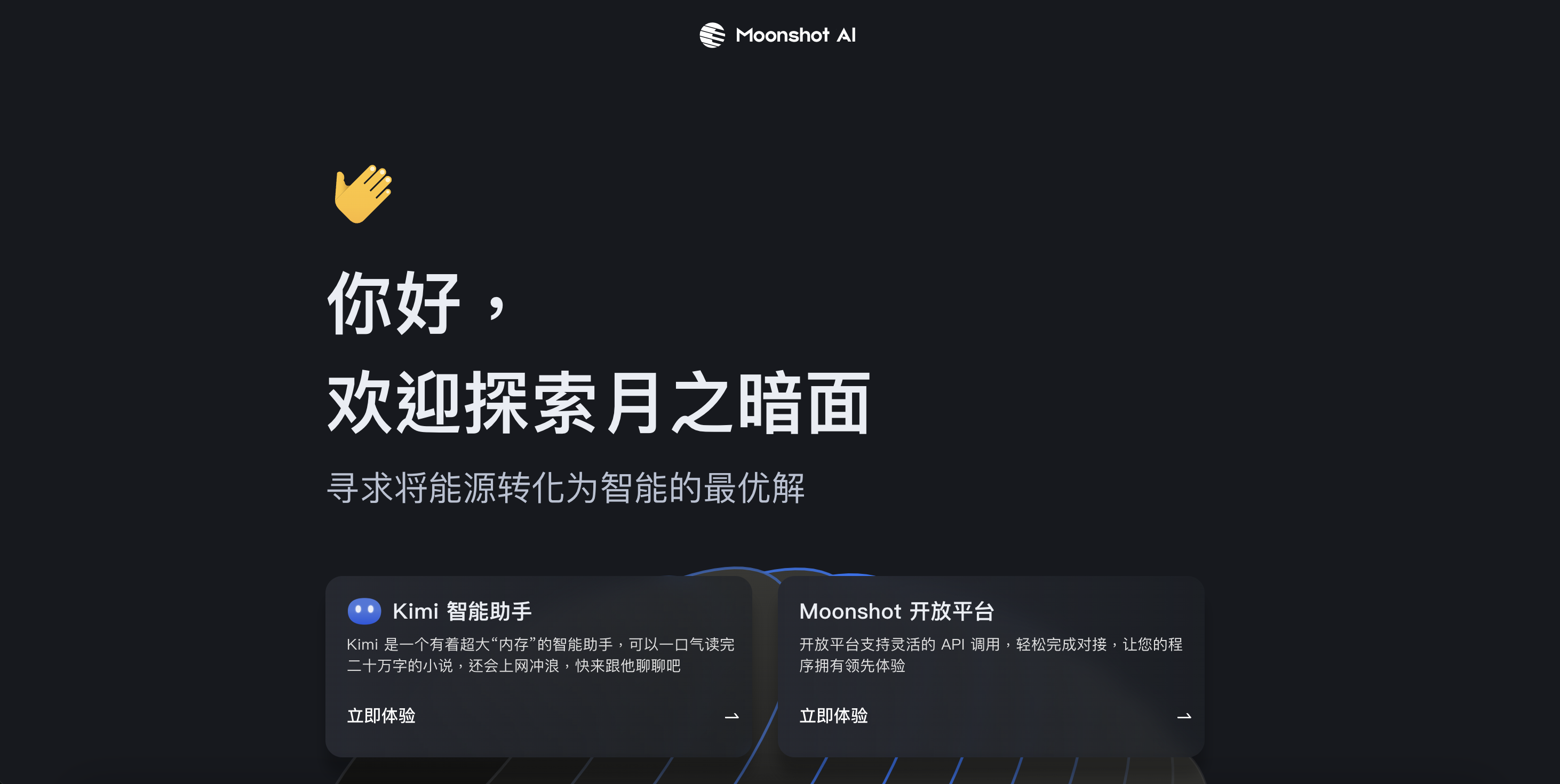Can Bitcoin DeFi Finally Scale Without Compromising on Security?
Bitcoin, the world’s largest and most secure blockchain, has historically struggled to support smart contracts and complex financial applications. Despite its dominance as a store of value, Bitcoin has largely remained isolated from the innovation happening on Ethereum and other programmable blockchains. But what if Bitcoin could support DeFi, natively, without wrapping, bridging, or compromising on decentralization?
This is the challenge that Maestro, a Bitcoin infrastructure company, is tackling by building a native Ordinals and Runes indexer on the Internet Computer Protocol (ICP). With funding from the DFINITY Foundation, the company is developing an open-source, enterprise-grade indexer that could be a turning point for building truly decentralized financial applications directly on Bitcoin.
What Is Maestro Building and Why Does It Matter?
Maestro is creating an on-chain system to index Ordinals and Runes, two emerging Bitcoin metaprotocols, inside ICP canisters. For context, “Ordinals” are a way to inscribe data directly onto individual satoshis, enabling NFT-like functionality on Bitcoin. “Runes” are a new fungible token standard by Casey Rodarmor, the creator of Ordinals, intended to replace BRC-20 with a more efficient and secure token layer.
By integrating these protocols natively into ICP smart contracts, Maestro aims to enable real-time access to Bitcoin transaction data with accuracy and resilience. This is particularly relevant for developers building financial applications, where delays or inaccurate data due to blockchain reorganizations can lead to exploits or user loss.
According to Marvin Bertin, Co-Founder and CEO of Maestro:
“I’m thrilled to collaborate with the DFINITY Foundation to extend ICP’s Bitcoin integration with secure Runes and Ordinals indexing necessary for financial apps like Liquidium and Odin.fun.”
One of the indexer’s key features is its “mempool awareness”, meaning it listens to pending transactions before they are mined. This reduces latency for apps relying on live transaction data and helps pre-empt potential double-spend attacks or chain reorganizations. The result is a faster and more secure environment for developers and users.
How Does Internet Computer (ICP) Fit In?
ICP, developed by the DFINITY Foundation, is a decentralized web3 cloud platform that allows developers to deploy smart contracts directly to the blockchain without relying on servers or traditional cloud providers. Since 2023, ICP has supported native Bitcoin integration using what it calls “Chain Fusion” technology. This feature allows smart contracts on ICP to interact directly with Bitcoin Layer 1 without needing bridges or wrapped assets.
Applications like Liquidium (a Bitcoin-based lending protocol) and Omnity (a Bitcoin-native data oracle) are already leveraging this integration. With Maestro’s indexer, ICP will be able to support even more sophisticated use cases, such as instant cross-chain loans, real-time NFT trading on Ordinals, or Bitcoin-based gaming mechanics.
Lomesh Dutta, VP of Growth at the DFINITY Foundation, said:
“Maestro’s native indexer adds a valuable piece of infrastructure for the growing Bitcoin DeFi ecosystem on the Internet Computer. Now we’re able to provide developers with direct, trustless access to Ordinals and Runes data.”
In practice, this allows, for example, a user to lock BTC on Bitcoin Layer 1 and borrow USDT on Ethereum, all without going through a centralized bridge. This is possible through ICP’s Chain Fusion, combined with the data reliability from Maestro’s system.
Why Ordinals and Runes Are Important for Bitcoin’s Future
Bitcoin was never designed with programmability in mind. Unlike Ethereum, which natively supports smart contracts, Bitcoin uses a much simpler scripting language, limiting its use in DeFi and NFTs. However, the rise of Ordinals in 2023 introduced a new model by using satoshis (the smallest unit of Bitcoin) to carry arbitrary data, Bitcoin users could now mint, transfer, and trade digital artifacts.
Soon after, “BRC-20” tokens (an experimental standard using Ordinals) appeared. But BRC-20 had several problems: it was inefficient, expensive, and susceptible to spam. Runes were proposed as a fix—designed to offer fungible tokens natively on Bitcoin, but without the bloat and inefficiency of BRC-20.
Maestro’s infrastructure will index these Runes and Ordinals at scale and provide verified, real-time access to them directly inside smart contracts on ICP. This is significant because financial apps need to trust the data they operate on. A misread NFT ownership status, or an out-of-date token balance, could compromise the integrity of a loan or an auction.
The Role of Liquidium and Real-World Use Cases
Liquidium will be the first protocol to integrate with Maestro’s indexer. It is currently Bitcoin’s largest lending platform and is preparing to launch a product that allows users to borrow USDT on Ethereum using native BTC as collateral—without using bridges or wrapped BTC (like WBTC).
This is a major development. Bridges are commonly considered the weakest link in cross-chain applications, often targeted by hackers. Removing them entirely, while maintaining atomicity and decentralization, is an ambitious but needed evolution for the industry.
With Maestro’s indexer validating Bitcoin data inside ICP, and Liquidium utilizing Chain Fusion for execution, this model could offer a blueprint for how future multi-chain finance can work: trustless, secure, and native to each chain involved.
Why This Signals a New Phase for Bitcoin DeFi
This collaboration between Maestro and DFINITY is not just a tooling upgrade, it represents a new design pattern for decentralized finance on Bitcoin. Historically, Bitcoin has been excluded from DeFi innovation due to its lack of programmability and reliance on centralized or wrapped derivatives for interoperability.
By building natively within ICP, and by indexing real Bitcoin metaprotocol data without bridges, this approach finally aligns Bitcoin’s decentralization ethos with the programmability of smart contracts.
For developers, it lowers the barrier to creating Bitcoin-native apps. For users, it unlocks liquidity and financial services without compromising on trust.
An Infrastructure Bet That Aligns With Bitcoin’s Ethos
In my view, this is not just another DeFi tool. This is infrastructure that respects Bitcoin’s limitations and works around them, not against them. By offering native access to real Bitcoin data inside a decentralized compute layer, Maestro and ICP are creating a new path for builders.
It also reflects a shift in the ecosystem, developers are looking for alternatives to bridges and wrapping, and the community is more aware than ever about the risks of cross-chain hacks. If Maestro’s indexer proves reliable at scale, and Liquidium’s instant cross-chain loans succeed, it could become a reference architecture for Bitcoin DeFi in the coming years.
Whether this model can reach mainstream adoption depends on developer traction, user education, and continued integration across Bitcoin-native applications. But the foundations being laid here are promising.
Don’t forget to like and share the story!
This author is an independent contributor publishing via our










